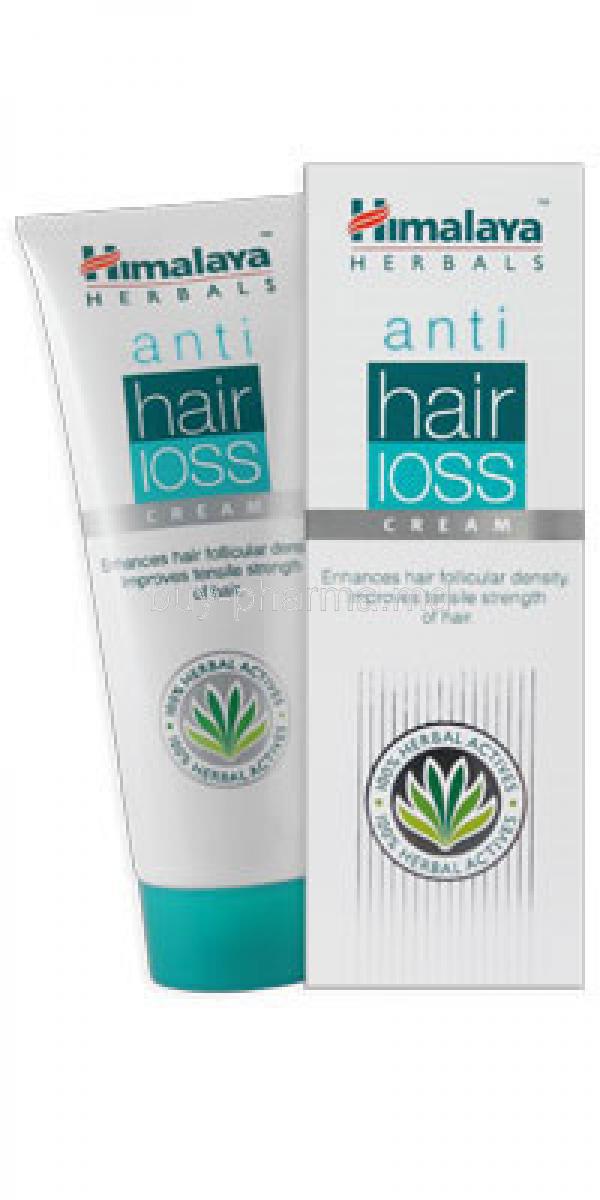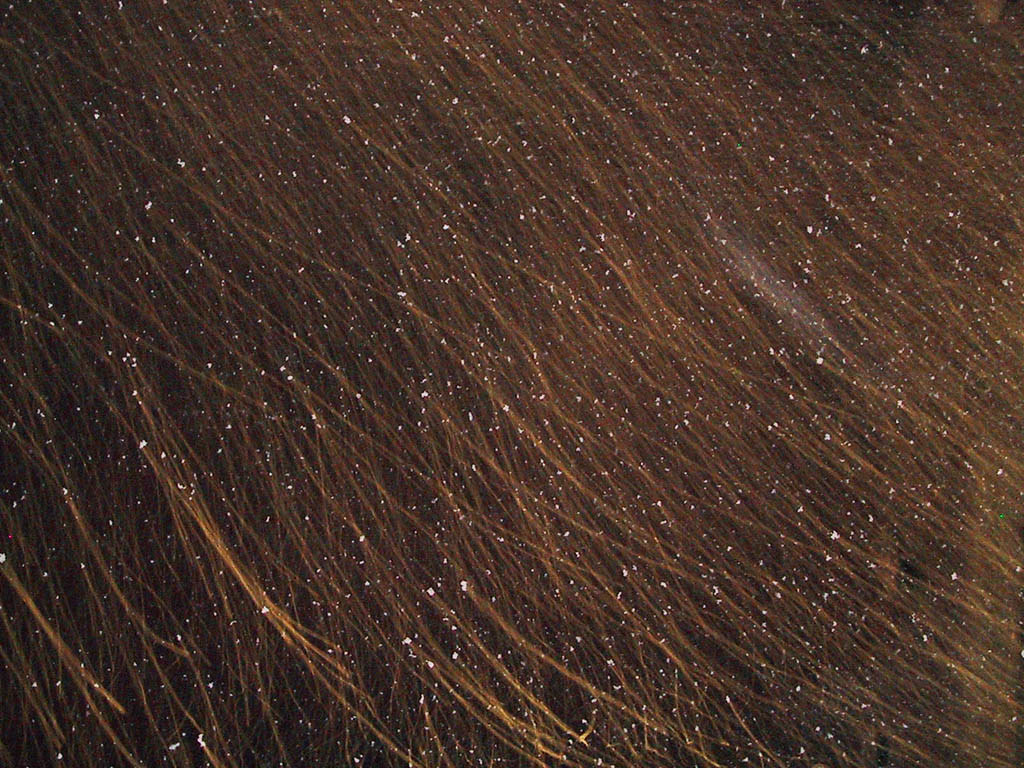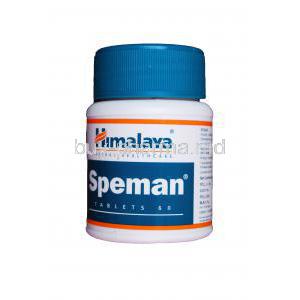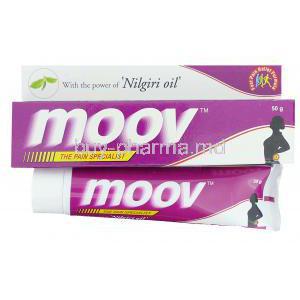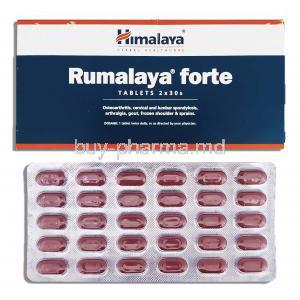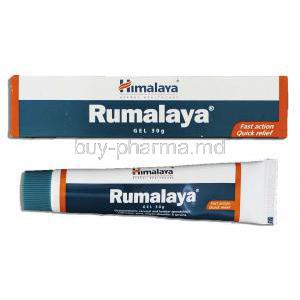Himalaya Hair Loss Control Cream
- 1. Introduction to Himalaya Hair Loss Control Cream
- 2. Composition of Himalaya Hair Loss Control Cream
- 3. How Himalaya Hair Loss Control Cream Works
- 4. Uses of Himalaya Hair Loss Control Cream
- 5. Off-label and Alternative Uses of Himalaya Hair Loss Control Cream
- 6. Dosage and Administration of Himalaya Hair Loss Control Cream
- 7. Important Precautions Before Using Himalaya Hair Loss Control Cream
- 8. Warnings and Contraindications
- 9. Side Effects of Himalaya Hair Loss Control Cream
- 10. Interactions with Other Products and Medications
- 11. Careful Administration Guidelines
- 12. Administration in Special Populations
- 13. Overdosage of Himalaya Hair Loss Control Cream
- 14. Handling Precautions and Storage Guidelines
- 15. Conclusion
1. Introduction to Himalaya Hair Loss Control Cream
Overview of Himalaya Hair Loss Control Cream
The Himalaya Hair Loss Control Cream is a formulated product intended to combat hair loss and promote scalp health naturally. It contains a mix of traditional botanical ingredients that strengthen hair roots and boost follicular activity.
Role of Himalaya in herbal hair care and dermatology
The Himalaya brand has a history of creating products based on scientific research to effectively address issues like hair loss and dandruff on the scalp. Their dermatology division prioritizes incorporating plant ingredients into treatments for improved hair and skin wellness.
Overview of the therapeutic class: Herbal hair loss treatment
The Himalaya Hair Loss Control Cream belongs to the herbal hair loss remedies group. It provides a plant-based option instead of chemical-filled hair products for treating hair loss effectively and naturally.This cream is ideal for those looking for an approach to reducing hair loss.
2. Composition of Himalaya Hair Loss Control Cream
Key active ingredients and their roles
Bhringaraja (Eclipta alba)
In medicine tradition, Bhrinagaraja is highly regarded for its ability to invigorate hair follicles and prevent hair loss while also supporting the growth of healthy hair due to its beneficial properties for hair health known as trichogenic effects.
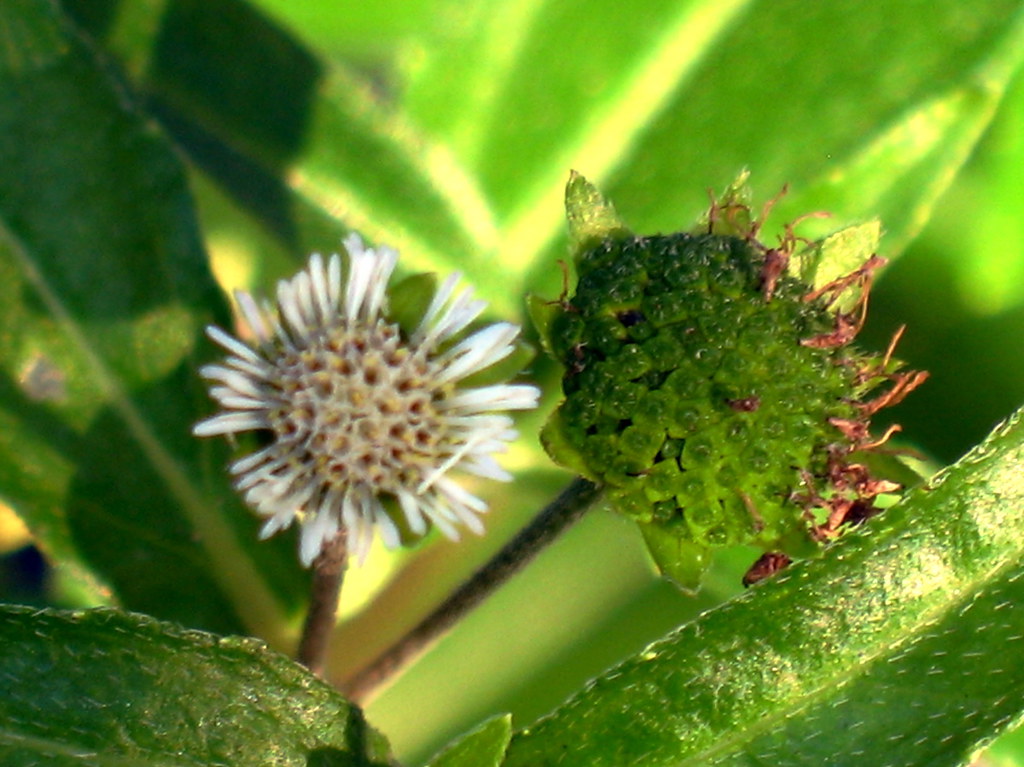
Palasha (Butea monosperma)
Palasha tree is often referred to as the Flame of the Forest. It is known for its ability to reduce inflammation and fight microbes, keeping the scalp healthy and enhancing the strength of hair strands.
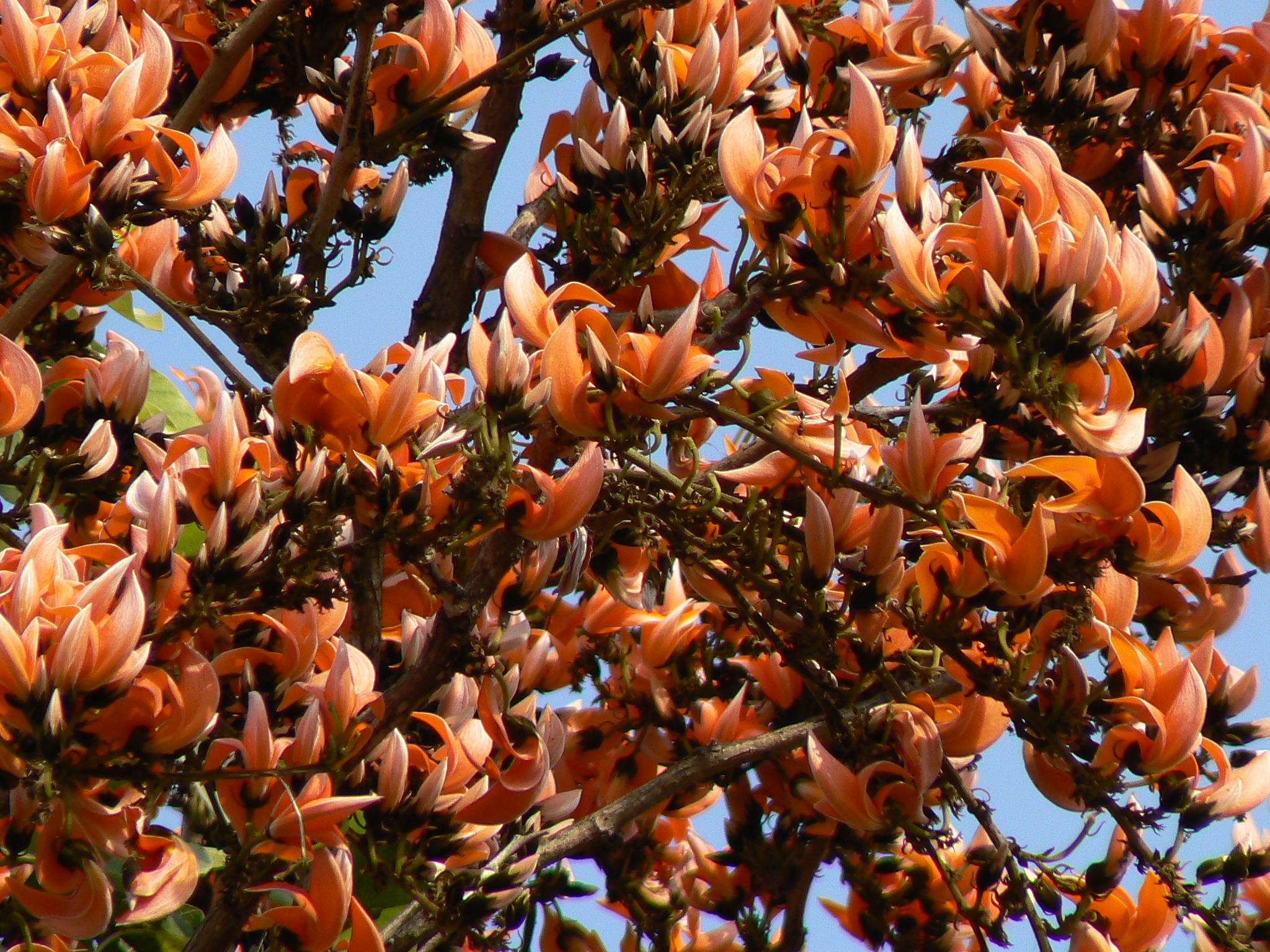
Amalaki (Emblica officinalis)
Amalaki is an ingredient of antioxidants that help with collagen production and strengthen the hair structure by reducing oxidative stress on hair follicles with its vitamin C content.
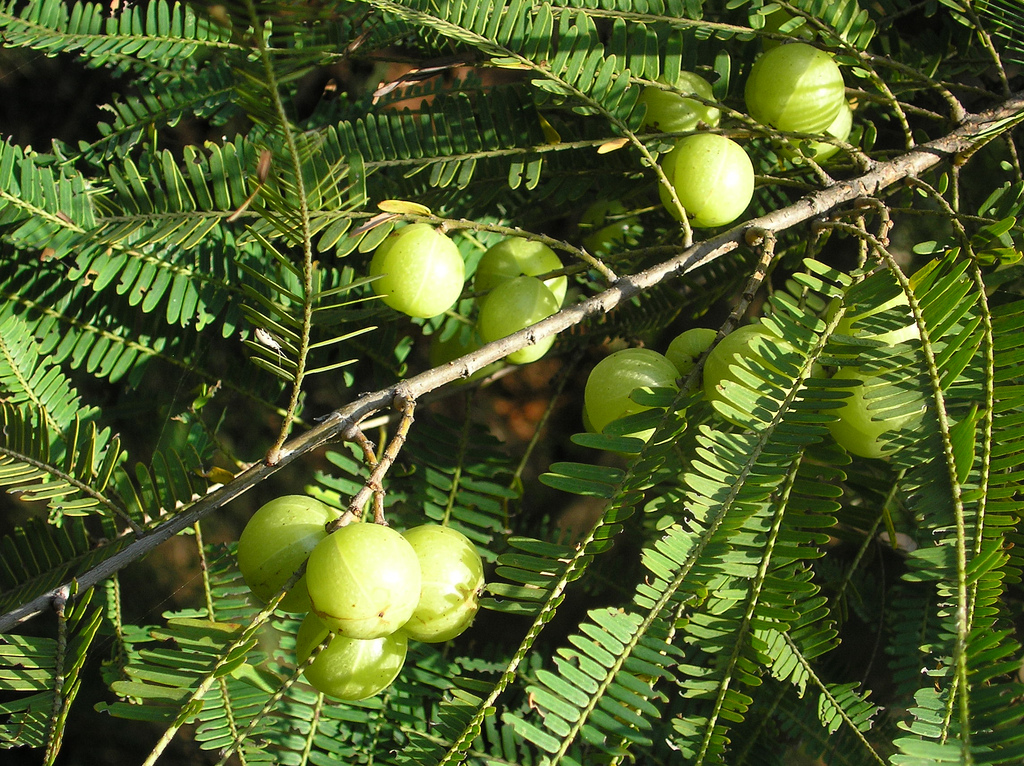
Other herbal extracts
- Neem (Azadirachta indica): Provides antimicrobial benefits to combat scalp infections.
- Licorice (Glycyrrhiza glabra): Soothes irritation and balances sebum production.
- Fenugreek (Trigonella foenum-graecum): Enhances hair shine and reduces flakiness.
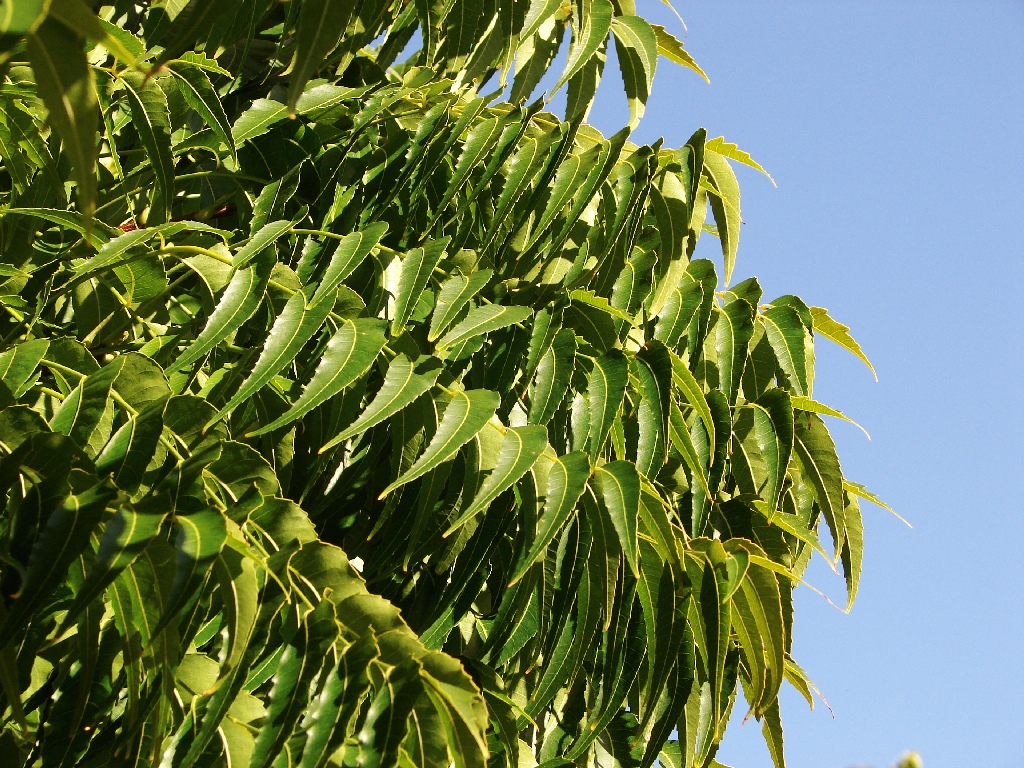
Inactive ingredients and formulation specifics
The cream contains ingredients like bees wax and plant-based oils to create a texture and help it absorb better into the scalp without blocking pores.
Natural and plant-based composition benefits
- Non-greasy and easily absorbable.
- Free from synthetic parabens, silicones, and artificial fragrances.
- Safe for prolonged and routine usage.
3. How Himalaya Hair Loss Control Cream Works
Mechanism of action in preventing hair fall
The Himalaya Hair Loss Control Cream effectively nourishes the hair follicles and combats issues like inflammation and oxidative stress to prevent hair loss and promote hair follicles for a period of time.
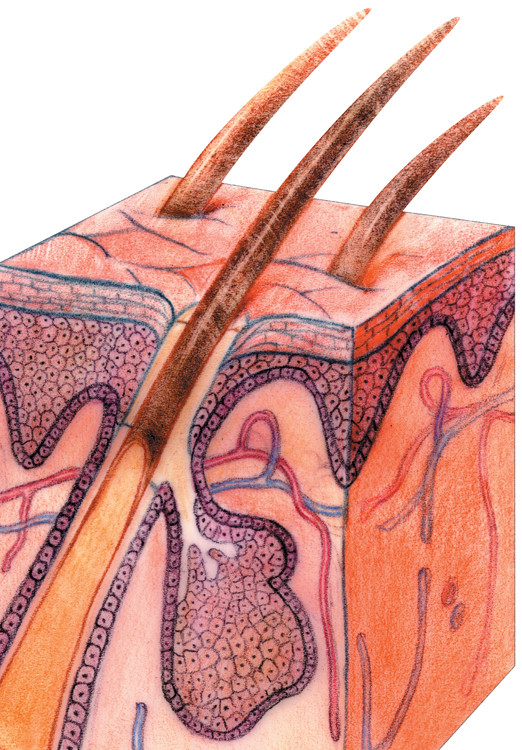
Strengthening hair follicles and promoting hair growth
Its bioactive compounds invigorate dormant hair follicles, improving the anchorage of hair strands. Consistent application fosters thicker, resilient hair shafts over time.
Improving scalp health and circulation
The natural ingredients improve the flow of blood to the areas of the body to deliver oxygen and nutrients to the roots of the hair follicles effectively.
Herbal pharmacological actions on the scalp and hair roots
The cream demonstrates inflammatory properties and acts as an antimicrobial and antioxidant, at the cellular level to help reduce issues that lead to hair loss such, as infections and inflammation caused by oxidative damage.
4. Uses of Himalaya Hair Loss Control Cream
Approved uses
- Hair loss prevention: Reduces excessive hair shedding and supports hair density.
- Strengthening weak hair roots: Enhances the structural integrity of hair strands.
- Scalp nourishment and hydration: Deeply conditions the scalp without leaving a greasy residue.
- Prevention of hair thinning and breakage: Helps maintain hair thickness and elasticity.
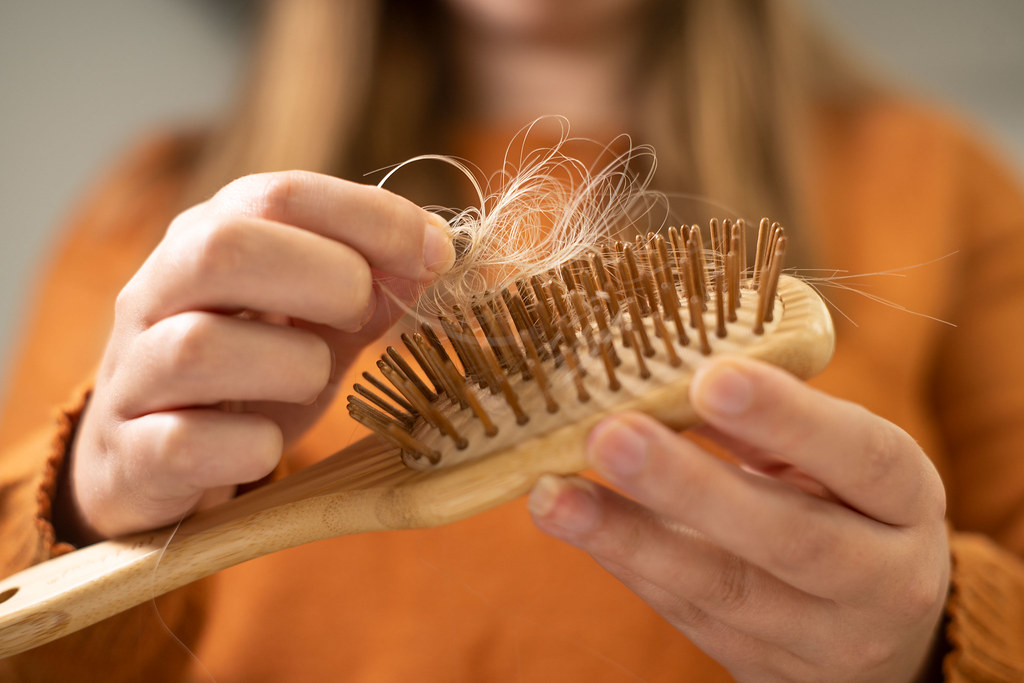
Use as a supportive treatment in hair care routines
Complements other hair regimens, including medicated shampoos, conditioners, and hair oils. Ideal for individuals undergoing stress, nutritional deficiency, or postpartum hair loss.
5. Off-label and Alternative Uses of Himalaya Hair Loss Control Cream
Off-label uses in hair regrowth therapies
Some experts use it as a treatment for scarring, hair loss, and male pattern baldness because of its properties that stimulate hair follicles.
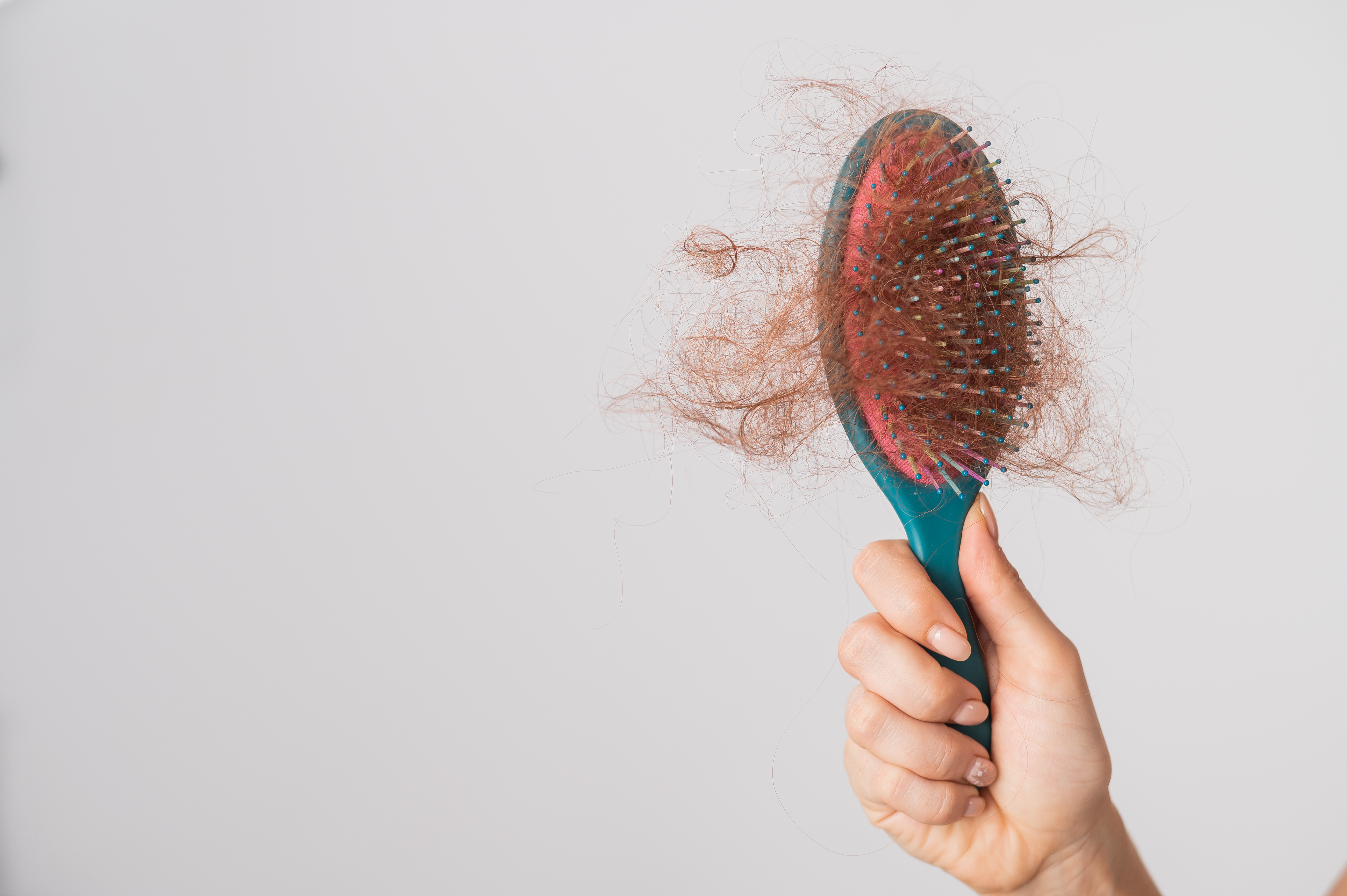
Use in dandruff control and scalp irritation
Use for post-chemotherapy hair care (supportive)
It helps provide care and support to individuals going through hair loss due to chemotherapy by enhancing the health of the scalp and promoting follicle recovery.
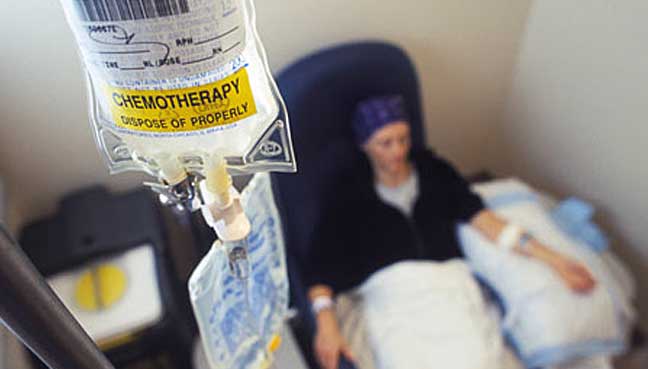
6. Dosage and Administration of Himalaya Hair Loss Control Cream
Recommended dosage and application frequency
Apply approximately 5-10 ml of cream twice daily, depending on scalp area and hair density.
Step-by-step guide for proper application
- Wash hair and scalp thoroughly.
- Part the hair and apply the cream directly to the scalp.
- Gently massage using fingertips in a circular motion for 5-7 minutes.
- Leave the cream on; do not rinse immediately.
Duration of use for visible results
It's common to see progress after using it for 4-7 weeks but to achieve the best outcome might need to continue for about 2-5 months.
Special instructions for different hair and scalp conditions
- For oily scalp: Apply sparingly to avoid excessive buildup.
- For dry scalp: Use a slightly higher quantity to enhance hydration.
- For damaged hair: Combine with a mild herbal shampoo for synergistic effects.
7. Important Precautions Before Using Himalaya Hair Loss Control Cream
Allergy screening and patch testing
Before using it for the first time, you should do a patch test on an area behind the ear or on the forearm and check for any redness or itching within 24 hours.
Precautions in individuals with sensitive skin
For individuals with sensitive skin, it is advisable to seek advice from a dermatologist before using the product and discontinue if any irritation persists after the initial period of adjustment.
Compatibility with other hair products
It typically works well with shampoos and conditioners as hair oils but should be used separately from harsh chemical treatments like perms or hair dyes unless recommended by a stylist or expert in the field.
Hygiene and safety tips during application
- Always apply with clean hands.
- Store the cream away from direct sunlight and moisture.
- Do not share the product to prevent cross-contamination.
8. Warnings and Contraindications
When not to use Himalaya Hair Loss Control Cream
- Hypersensitivity to any of the cream's components.
- Active scalp infections without medical clearance.
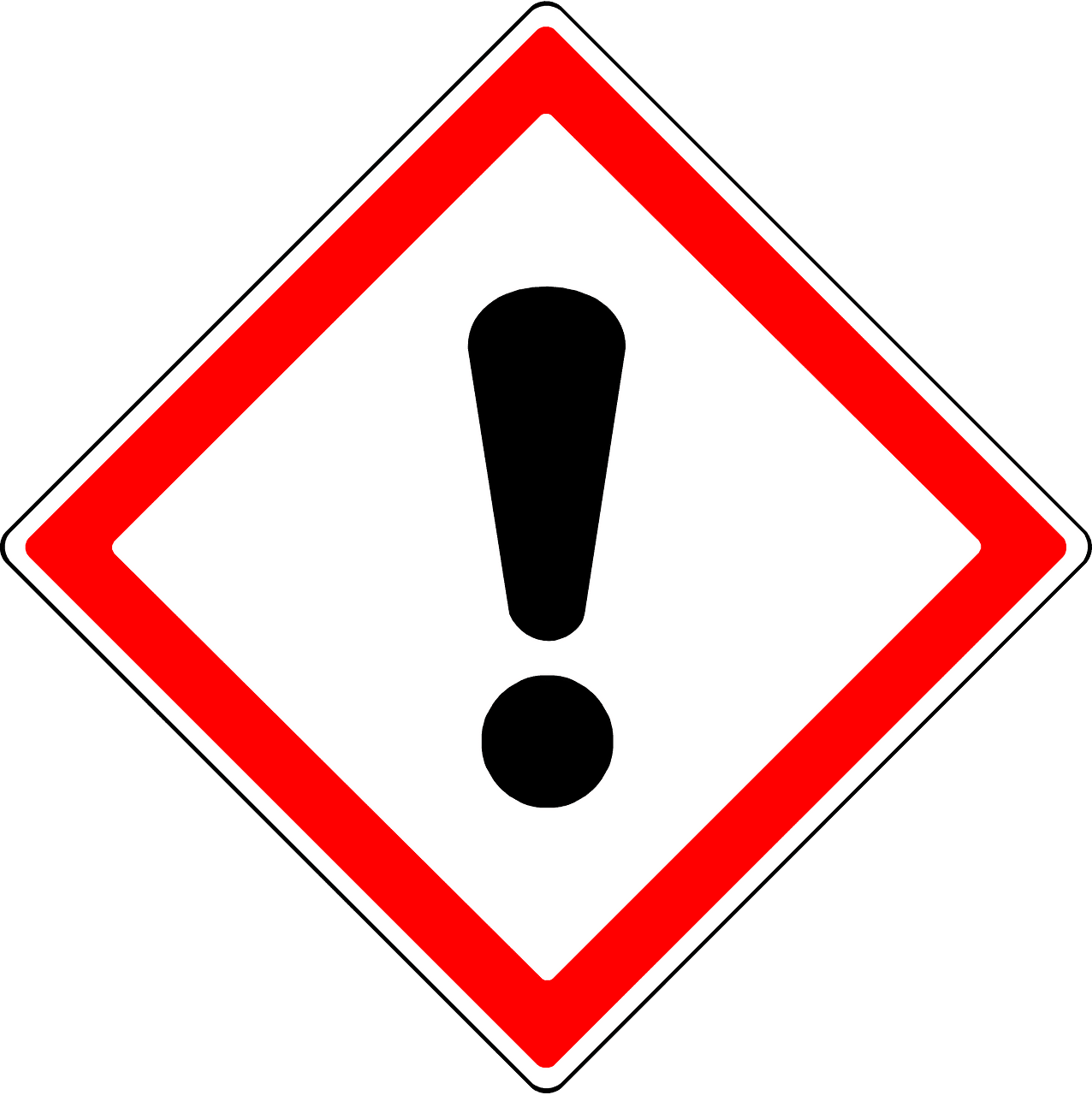
Known contraindications and risk factors
Individuals dealing with long-term skin issues, like eczema or psoriasis, should be careful. Seek advice from a doctor before trying anything on their skin.
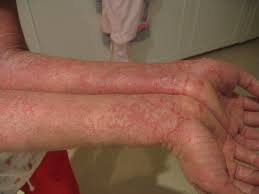
Warning signs to discontinue use immediately
Experiencing itching or a burning sensation. Swelling or the formation of blisters may occur. Increase in hair loss.
9. Side Effects of Himalaya Hair Loss Control Cream
Overview of potential side effects
Despite its botanical origin, Himalaya Hair Loss Control Cream may elicit certain adverse reactions in a small subset of users. These effects may range from transient discomfort to more pronounced dermatological responses. Herbal products, though generally well-tolerated, are not devoid of potential adverse events.
Frequency and severity of side effects
The majority of side effects linked to the cream are usually mild and temporary in nature. Severe or prolonged reactions are exceptionally uncommon. The occurrence rate is generally lower than that of other products due to the qualities of its natural ingredients.
Common Side Effects
Mild scalp irritation
Itching and redness
Users with scalps may experience redness and itching on the scalp; however, the itchiness is usually mild and doesn't last long.
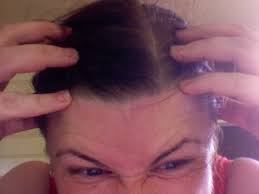
Temporary hair dryness
At times users may notice their hair feeling a bit dry temporarily when using this cream;. This can be alleviated by combining it with shampoos and conditioners.
Serious Side Effects (Rare)
Severe allergic contact dermatitis
Sometimes, users might experience allergic skin inflammation that shows notable redness and swelling with blistering formation around the affected area. If these symptoms occur, it is recommended that users stop use and seek advice.
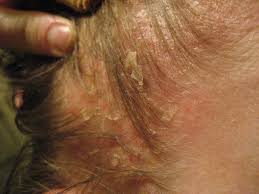
Persistent scalp inflammation
Occasional inflammation or irritation that persists over time may necessitate a visit to a dermatologist for care and different treatment options.
Hair fall worsening (if misused)
Using much or applying incorrectly could actually make hair loss worse by overloading the hair follicles or triggering a reaction.
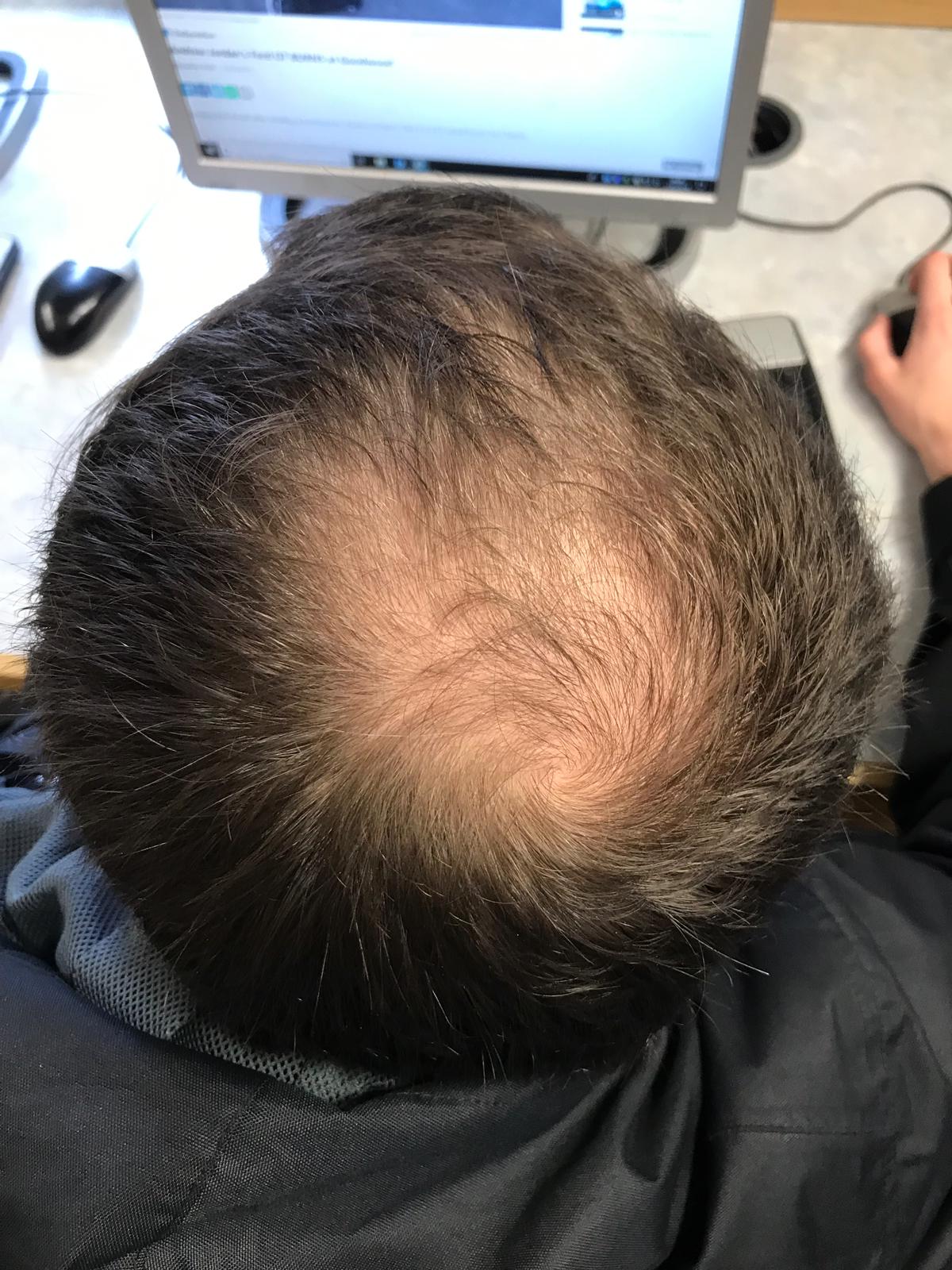
10. Interactions with Other Products and Medications
Interaction with other topical hair treatments
When combined with other herbal or chemical-based hair treatments, the cream may cause additive irritation. Caution is advised when layering multiple products.
Interaction with medicated shampoos and conditioners
The formulation generally exhibits compatibility with mild, sulfate-free shampoos and conditioners. However, medicated scalp treatments containing corticosteroids or antifungals should be used under supervision.
Herbal ingredient interactions with pharmaceutical treatments
Minimal systemic absorption reduces the risk of pharmacological interactions. Nonetheless, users undergoing treatment for scalp infections or dermatitis should consult a healthcare professional.
11. Careful Administration Guidelines
Recommendations for first-time users
- Conduct a patch test prior to full application.
- Start with a smaller quantity to observe scalp tolerance.
- Gradually incorporate into the hair care regimen.
Adjustments for sensitive scalp conditions
For individuals with reactive or hypersensitive scalp conditions, it is prudent to use reduced quantities and less frequent application until tolerance is established.
Monitoring for adverse effects during initial use
Observe the scalp for any signs of redness, itching, or discomfort during the first two weeks. Discontinue temporarily if irritation persists and seek professional advice.
Guidelines for discontinuation if necessary
- Cease usage if severe allergic reactions occur.
- Switch to a dermatologist-recommended alternative if symptoms worsen.
- Consultation is essential before resuming use after an adverse event.
12. Administration in Special Populations
Administration to Elderly Patients
Safety considerations for aging scalp and hair
Aging scalps often exhibit reduced sebaceous activity and thinner skin, which may heighten sensitivity. Himalaya Hair Loss Control Cream is generally well-tolerated but should be applied with caution.
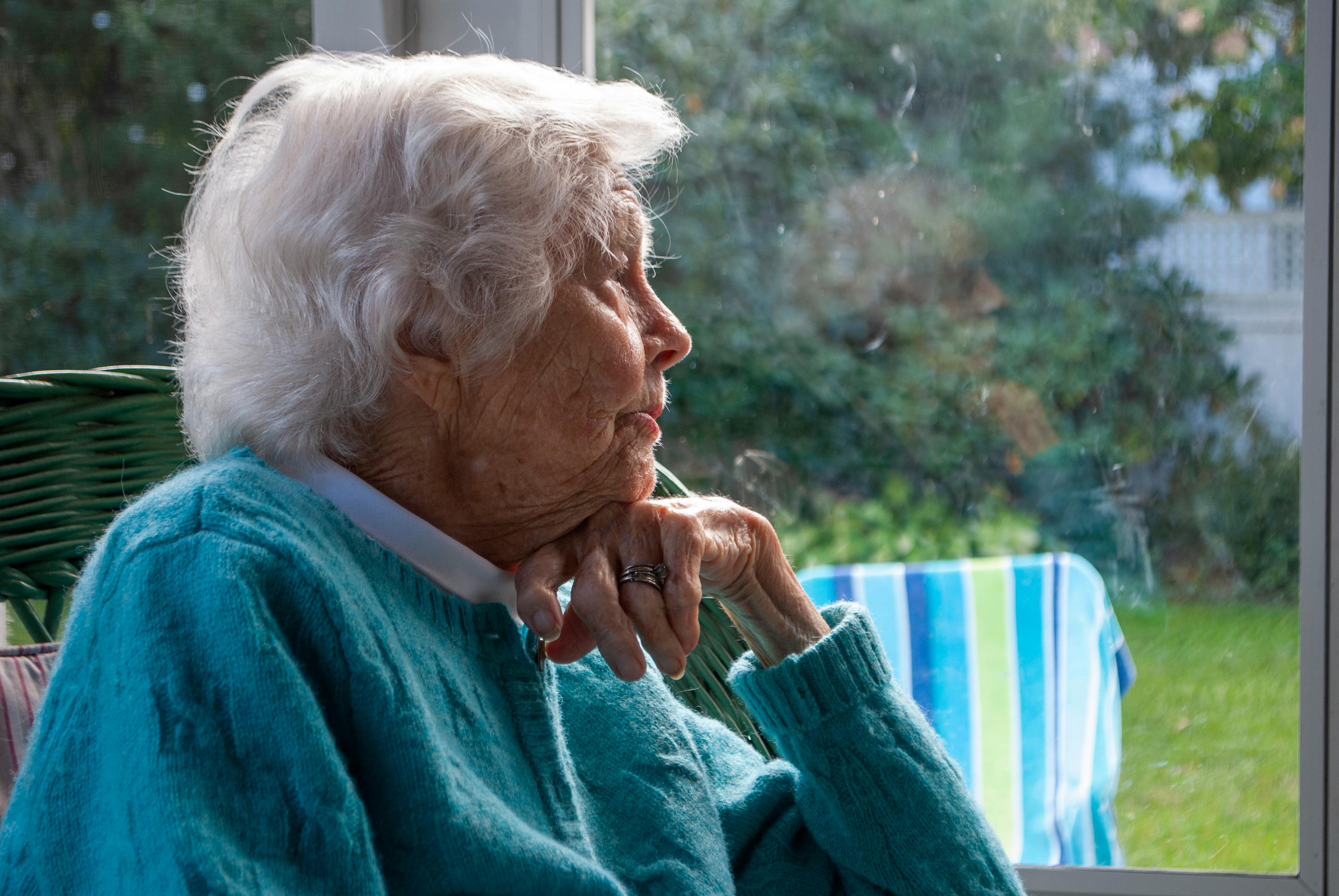
Adjustments based on scalp sensitivity
Begin by using the application and then customize based on how your skin reacts individually. Adding products can also help in safeguarding the skin barrier on your scalp.
Administration to Pregnant Women and Nursing Mothers
Safety profile during pregnancy and lactation
Before incorporating this plant-based cream into your skincare routine during pregnancy or while breastfeeding, it is recommended that you seek guidance from a professional, as its safety in these circumstances has not been thoroughly assessed.
Risk assessment and medical consultation advice
- Assess for personal and fetal safety prior to initiation.
- Consider deferring use until post-lactation if concerns arise.
Administration to Children
Age restrictions and suitability
It's best to avoid using the cream on kids under 12 unless a healthcare provider suggests otherwise, as children's scalp skin is more sensitive and may react differently to treatments.
Precautions for pediatric use
Remember to seek advice from a pediatrician or dermatologist before using any products on your child's skin. Use doses under close monitoring as needed.
13. Overdosage of Himalaya Hair Loss Control Cream
Signs and symptoms of over-application
Excessive use of the product can lead to increased oiliness in the scalp and may result in hair follicles or irritation that could cause hair loss incidents; these symptoms typically improve once you stop using the product.
Management of accidental overuse
- Rinse scalp thoroughly with lukewarm water.
- Temporarily discontinue application.
- Seek medical attention if severe irritation or dermatitis occurs.
Following the dosage and schedule can reduce the chances of side effects occurring, and it's best to refrain from using multiple topical products together unless specifically instructed to do so.
14. Handling Precautions and Storage Guidelines
Safe handling practices
- Always secure the cap tightly after each use.
- Prevent contamination by avoiding direct contact with the applicator.
Storage conditions to maintain product stability
Please keep the product in a place with a temperature below 30°C and away from sunlight. Moisture to maintain its integrity and quality.
Shelf-life and expiry considerations
Use within the specified expiry period printed on the packaging. Discard the product if it shows signs of separation, discoloration, or foul odor.
Disposal of expired or unused product
Remember to follow the guidelines for disposing of expired products as per the local regulations on pharmaceutical waste management and refrain from flushing them into water systems.
15. Conclusion
Summary of benefits and precautions
The Himalaya Hair Loss Control Cream provides a comprehensive solution for addressing hair loss and promoting scalp health. Its ingredients are highly praised for their benefits; however, it's important to use it wisely to ensure safety and effectiveness are maximized.
Role of Himalaya Hair Loss Control Cream in holistic hair care
Strengthening hair roots and revitalizing the scalp can, when applied properly and regularly, lead to the growth of healthier and thicker hair as part of a hair care routine.
When to consult a healthcare professional for hair loss management
If you notice hair loss without reason or experience severe scalp issues or unusual reactions to treatments, it's important to seek medical advice promptly. Getting an evaluation allows for care and helps prevent any possible complications.
Himalaya Hair Loss Control Cream FAQ
- How to use Himalaya hair loss cream?
- Can I use Himalaya hair cream daily?
- Is hair loss cream safe?
- What is Himalaya Hair Loss Control Cream used for?
- What are the key ingredients in Himalaya Hair Loss Control Cream?
- How does this cream help control hair loss?
- How often should Himalaya Hair Loss Control Cream be used?
- Is Himalaya Hair Loss Control Cream suitable for all hair types?
- Does it promote new hair growth?
- Does it leave the hair greasy?
- Can this cream be used on color-treated hair?
- Does this cream have a strong scent?
How to use Himalaya hair loss cream?
Massage the hair loss cream onto your scalp using your fingertips, ensuring that it covers the area. Let the cream sit overnight, and wash it off the following morning with water, shampooing as desired.
Can I use Himalaya hair cream daily?
Yes
Is hair loss cream safe?
Yes
What is Himalaya Hair Loss Control Cream used for?
It is commonly employed to minimize hair fall while enhancing the resilience of hair follicles and encouraging the growth of healthier hair strands.
What are the key ingredients in Himalaya Hair Loss Control Cream?
Hair-nourishing elements commonly consist of Flame of the Forest (also known as Buteam monosperma), Bhringraj (Ecliptal alba), and various herbal extracts recognized for their ability to enhance hair strength.
How does this cream help control hair loss?
The natural components help to feed the scalp's healthiness, enhance the hair's roots, and refine the hair strands' texture—ultimately assisting in minimizing hair loss.
How often should Himalaya Hair Loss Control Cream be used?
It is usually advised to apply it two times a day and gently massage it onto the scalp.
Is Himalaya Hair Loss Control Cream suitable for all hair types?
This product is typically suitable for a variety of hair types; however, individuals with scalps may want to use it in moderation.
Does it promote new hair growth?
It mainly works to prevent hair loss rather than to promote hair growth by improving the condition of the scalp and enhancing the strength of existing hair strands.
Does it leave the hair greasy?
When you follow the dosage of the product, it shouldn't make your hair overly oily; however, using too much can weigh your hair down and make it feel heavy.
Can this cream be used on color-treated hair?
Before using it, it's commonly advised to conduct a patch test to ensure safety.
Does this cream have a strong scent?
The natural ingredients often give it a fragrance.

